October 31, 2017- Link update.
April 19, 2017- (More planning tips added, links are all current).
| So you've decided to go to Japan for the very first time. Images of Sushi, Temples, Bullet Trains, and Hot Springs flash before your eyes... now what? I commend you for wanting to see Japan on your own. Explore everything at your own pace, and find hidden gems while getting lost. This is why you are here right? You do need to allot some time for planning & researching. It will be time consuming, but very rewarding in the end. Take a deep breath. You can do this! |
(My aim is to have the important links all on this page so it's easy to just click on exactly what you need).
Outline of my planning guide
|
|
(you certainly can if you want, as their pictures are stunning).
Personally, I find they just don't give enough information for each area.
**Overview, non-comprehensive list. Some of it may work for you, or if you have a better way, I would love to hear about it (leave me a comment at the end). Links and information provided below are not affiliated in anyway.
Please use them at your own will. As I am not liable for any of the outcomes
(since your experiences may vary from mines, though I certainly hope you have the best experience). **
- My Japan Planning Check-List -
-
(FREE PDF Download)
|
THE EASY WAY-- Use a (Free) Trip Planner
| Sygic Travel Sygic Travel (formerly known as "Tripomatic") works really well to get an overview of where certain sights are located. After you are done, you can just print out your itinerary. If available, there will be maps and important information that you might need to know about your destination.
| Planeapple Planapple is pretty handy for collecting trip information and compiling everything all-in-one place. You can even add information from anywhere online.
|
Try out both of these free trip planners and see if one works for you!
The hard way (I'm old school like that)
But that's just me, it's YOUR trip, you can do it however you feel like it.
|
MAKE A WISH LIST OF "MUST-SEE"
|
Getting ideas for your trip
|
| [TIP]- Use free Travel / Food Forums for ideas (Trip Advisor, Flyer Talk, Fodors, Chowhound, etc.) to look up frequently asked questions, see how others have planned their trips, or to post your own specific question for further help from frequent travelers or residents who have up-to-date knowledge. Do advise these people volunteer their time so try to do research first! |
Find a copy of the current holiday calendar!
Plan your trip outside of these dates if you don't like crowds.
Or plan with if you want to partake during these busy festivities:
|
But the option to print out names and addresses in Japanese is very handy:
|
|
|
|
- Minshuku (B&Bs similar to Ryokans except run by families). Often times more affordable than Ryokans. Sometimes, the toilet or bathing area is shared--like a homestay.
- Shukubo (Temple Lodging). Bathing facilities may be shared, but more and more are starting to provide services like Ryokans (may or may not include vegetarian meals). You may be able to find some with onsen or private bath on-premise as well. A good example are those found in Koyasan.
| On the other hand, is night-life or convenience of importance to you? Seek out hotels on-top of, or near a train or subway station. There's usually a lot of shops and eateries right in the proximity. Even better if you can find a hotel that offers a paid or free shuttle, or Limousine Bus (large tour bus) stop that takes you directly to/from the airport, or main train stations within the city. |
Book Lodging
Again, just a few places that comes to mind and not a complete list.
|
But you can try and e-mail them to see if they will work with you if it shows there's no availability.
Food
A visit to Japan is not complete without trying different Japanese cuisines.
Do you want to eat like a local and hunt out street food? Each region in Japan usually has their own specialty. How's about trying the infamous Pufferfish (Fugu), or the acclaimed Kobe Beef?
Are you into Budget, or Fine-Dining? Or a combination of both?
JTB offers a free restaurant booking website in English called J-DINING.
|
|
| ALTERNATIVE IDEAS Look pass the obvious restaurants and scout out the following:
Scallops, Crab, etc.) Sometimes there's also Kobe Beef! Just to name a few-- there's:
|
| [NOTE]: If you plan to eat at a Sushi Restaurant or Izakaya (Japanese Pub), they may impose a mandatory but nominal seating fee of 350-500 Yen per person (Otoshi). Think of it as a part of the Japanese experience as it will get you a surprise appetizer. It's really not worth trying to fight it. |
Reservations
| Do make reservations for tours.
|
Phone or Wi-Fi hotspot rental
Phone, Hotspot, and Sim Card rentals can be really useful.
Aside from hotels and lodging having Wi-Fi access,
once you are out there's limited places that offer you free connectivity.
- You can pre-book/ pre-pay and have the mobile Wi-Fi or phone sent to your hotel, or for pick-up at the airport (if your flight is early enough; most close early in the evening so double check their closing time).
- When you are done, use the pre-paid envelope to return the unit. You can drop it off with your concierge, or as your board your flight back home (some companies have a convenient drop-off area) or use the red mail boxes at major airports.
| A FEW MOBILE WIFI COMPANIES TO LOOK INTO
|
Free WiFi
You just need a little pre-planning:
|
| You can also pick up free Wi-Fi cards (I haven't tested this out yet, but reviews on-line seem mixed as connection is not the best). Might be worth a shot if you are visiting near Tokyo (Mt. Fuji, Yokohama, Nagano, Hokkaido, etc). |
|
Travel luggage free by forwarding your luggage
| Consider using TA-Q-BIN (Takuhaibin) for forwarding your luggage from one destination to another. Especially great for when you are changing hotels, or want to send your heavy suitcases to and from the airport (2 days in advance recommended). Personally I love this service. Some TIC (Tourist Information Center) may also offer such service to send your luggage to your hotel for a small fee (by piece; with smallest luggage costing from 600 Yen+). |
Go on day-trips with buses
Many parts of Japan offer hop-on/ hop-off tourist loop buses that circles around popular sights.
You can buy a day pass that often comes at a discount vs. paying individual fares.
| A FEW EXAMPLES
|
If you prefer a guided tour for the day,
look up sightseeing buses that offer 1/2 or full day itineraries.
|
JAPAN TRAIN TRAVEL
How to buy rechargeable train (IC) cards
IC prepaid + rechargeable cards are good not only for train and transportation fares,
but some grocery stores, vending machines, lockers and certain restaurants accept them as well.
You can buy single-ticket fares each time you hop on the train,
but using prepaid IC cards will make your travel much easier as you don't have to calculate the fare every time.
If you have a balance at the end, you can always opt for a refund, or keep it as a souvenir.
Who knows, you might be back in Japan before the 10 years expiration takes place.
For JR (Japan Rail) IC prepaid cards, each area of Japan is on a different network:
A few handy links + videos I found
| |
 | One shows you how to buy & use your first IC prepaid card (the video points to the Suica from Tokyo), but all of the JR (or non-JR subway) machines are very similar. Be sure to find the ENGLISH button! |
How-to Buy + Recharge an IC Card (Suica)
You can buy the JR branded IC cards in increments of:
1,000 | 2,000 | 3,000 | 4,000 | 5,000 | 10,000 Yen
(the cards all come with 500 Y deposit).
This official video from JR East shows you how to buy the Suica and refill it:
| |
|
| [PRINT OUT REFERENCES] If you decide against getting an IC pre-paid card, here's how you can buy a Single Ticket: (by JR Hokkaido) I found this to be the best print out especially for first-timers. | |
Other transportation
WHERE TO BUY JR PASS (EXCHANGE VOUCHER)
TRAIN RESERVATIONS
|
LIMO BUSES
BUS COMPANIES YOU CAN BOOK ONLINE (AND IN ENGLISH)
|
For overnight bus, Willer Express is very popular.
|
Do you have special (mobility) needs for yourself or for an elderly?
|
|
medications
Read up on the Medications you can bring into Japan.
You may be surprised that certain over-the-counter medications
found in your home country may be considered illegal in Japan
(Vicks Inhalers, Adderall, Actifed, Sudafed, etc.)
|
Japanese Customs take this very seriously,
you don't want to spend your first night in Japan behind bars now would you?
At this time, you will need to fill out the Disembarkation card + Custom's Declaration to give to the custom's official.
(This is typically given out by the flight attendants before landing).
[Note]: You have to fill out the Embarkation portion when you return home.
You might as well fill it out now too to save time.
Money | ATMs |
| |
Other Japan travel tips
- Have a hard copy of your itinerary, notes, and maps, or train schedules in case your phone/ tablet dies.
- If planning for a group, I find Google Docs to be quite useful.
- Make copies of your important documents-- IDs, Passport, Credit Card (front and back).
- Keep a flash drive that you keep on person in a waterproof case (not classy, but regular good-old sandwich bags work too).
- For double back-up, keep another copy with family you trust. If you lose it, you can have them e-mail it to you.
- Make sure your Passport is valid for the whole time you will be in Japan. You may need to look into VISA limitations relevant to your country as well.
- For US citizens, you are allowed 90 days VISA-free entry into Japan as a tourist, or for business.
- Download packing Apps or find ones online.
- If possible, pack light. Many Japanese locals travel with a carry-on only. There's limited luggage space on regular trains.
- Not all subway or train stations have elevators so you may end up lugging your luggage up and down many flights of stairs.
- Double check train station maps ahead of time if you have mobility issues.
- Wear comfortable shoes, you will be walking a lot!
| [TIP]- Did you know, you can request FREE planning brochure from JNTO (Japan National Tourism Organization)? [TIP]- You can request for a FREE Goodwill (Tour) Guide.
|
BRINGING BACK JAPANESE SOUVENIRS HOME
Before buying food, alcohol, or tobacco items to take back home, double-check to see if it's allowed to be imported and the associated allowance and fees:
|
Miscellaneous things to look into
|
Examples of how I plan
|
| GO TO:
If you want to take it one-step further, you can draw on your map to customize it: |
Examples provided are just the way I do it
(maybe it's silly, or over-kill), but it works for me.
Let me know below, I would love to hear from you.
If you found my guide useful, please share with your friends.
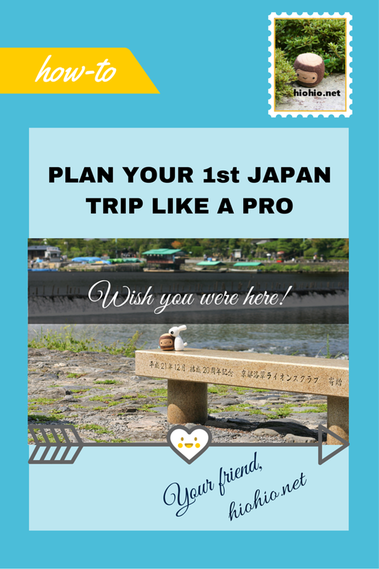
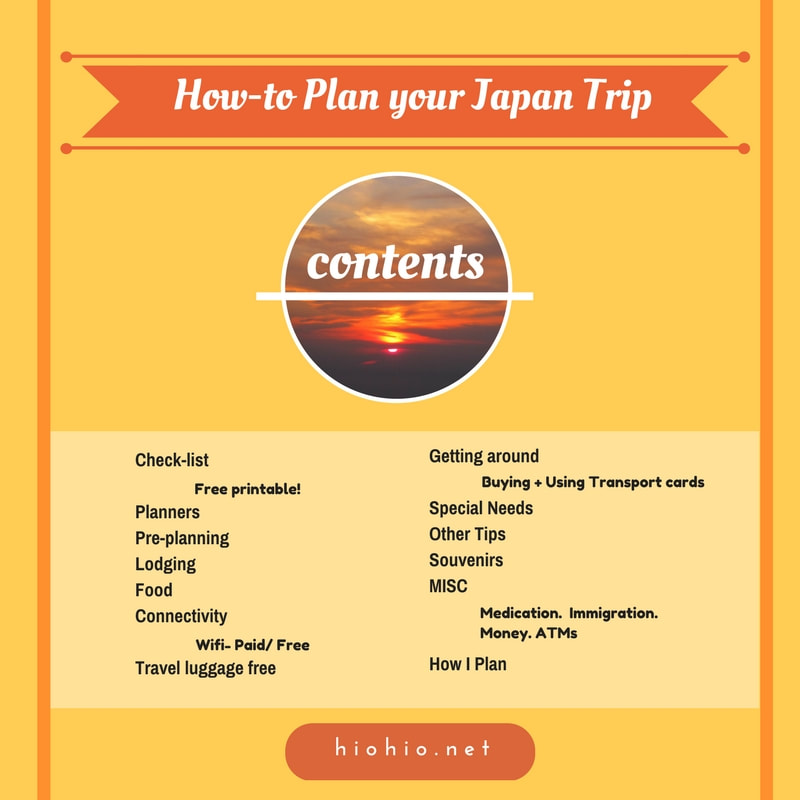

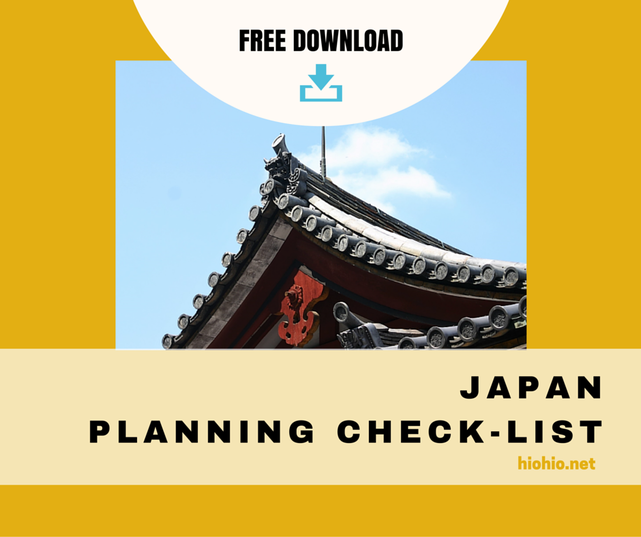
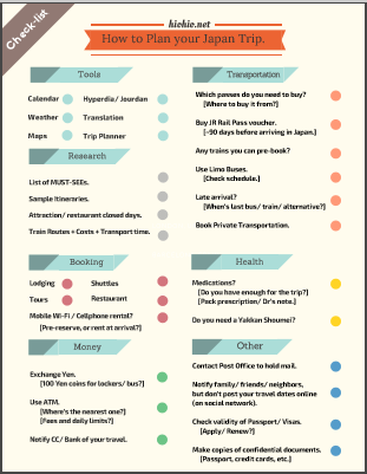

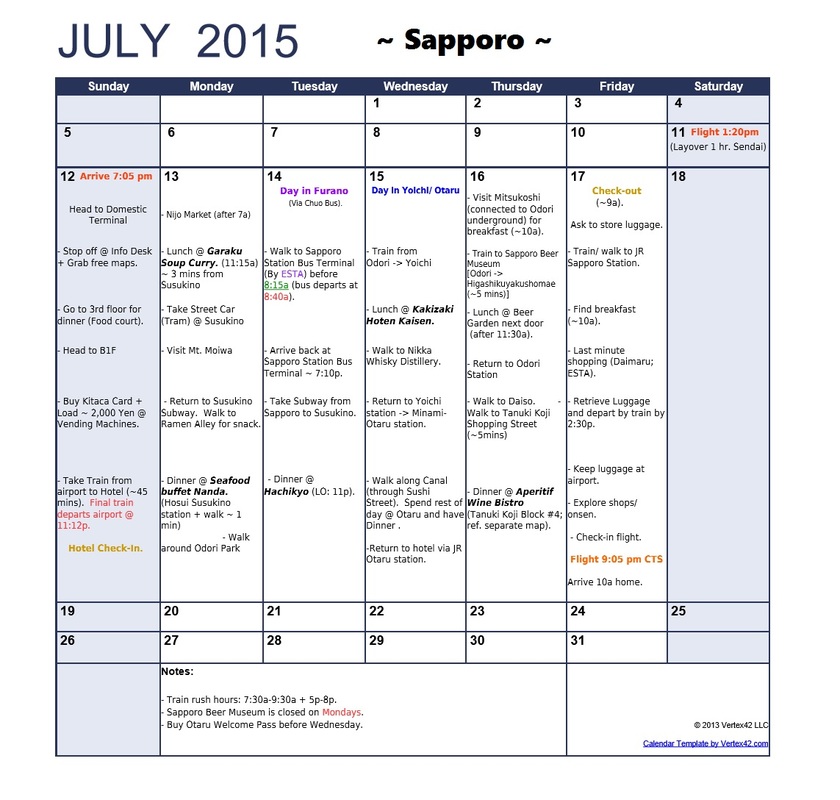




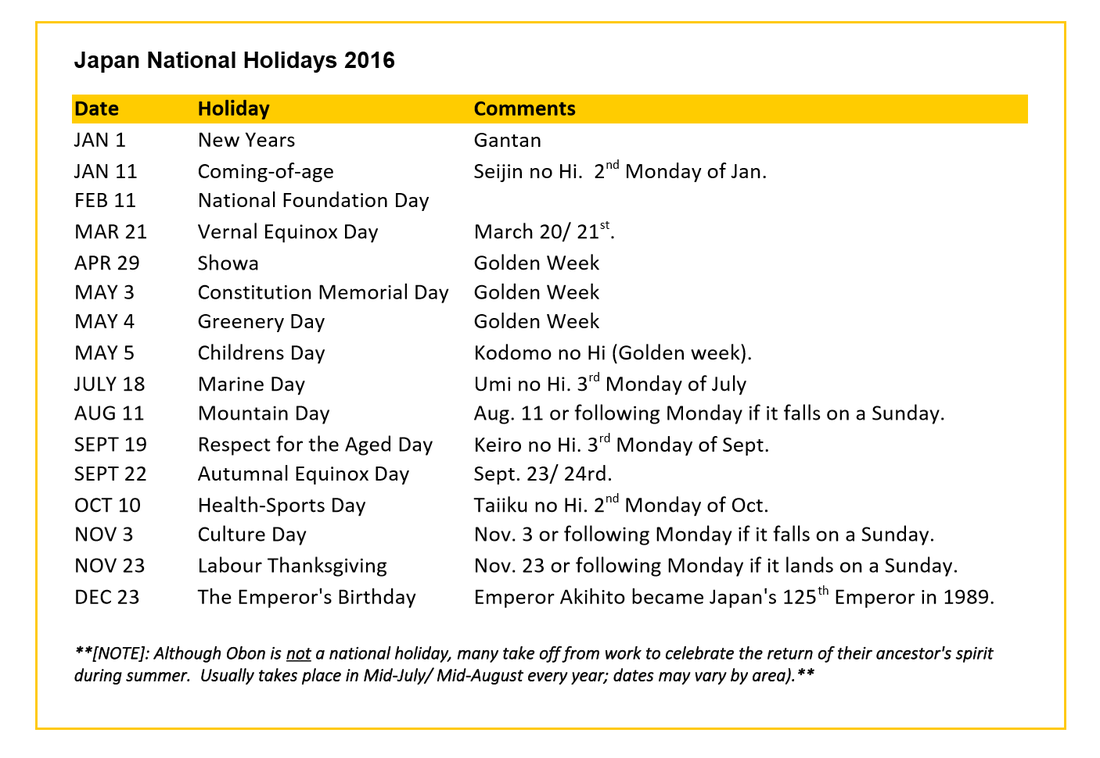

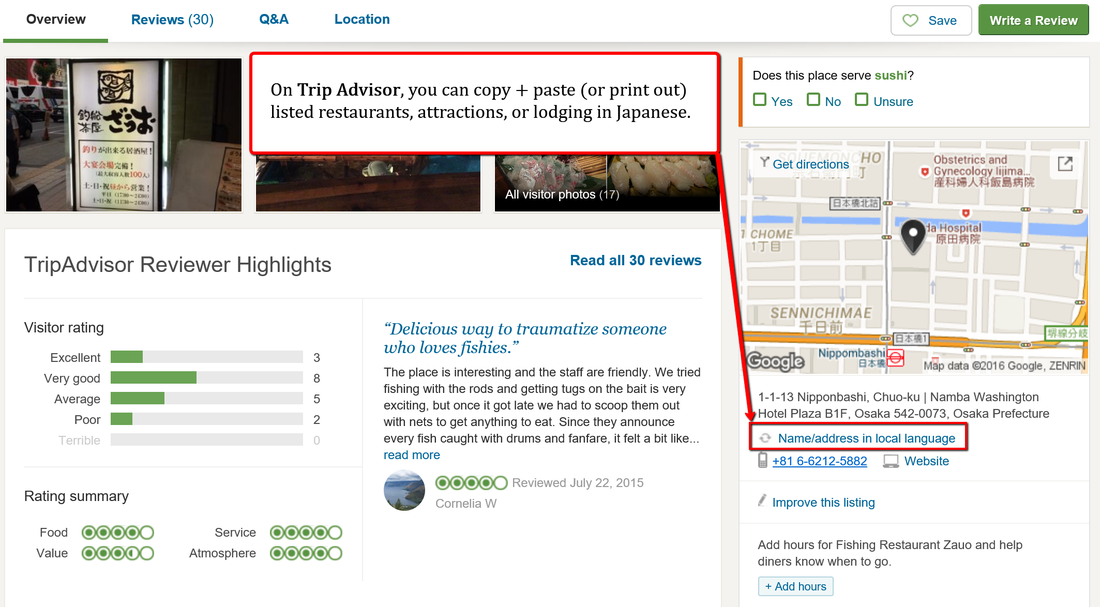
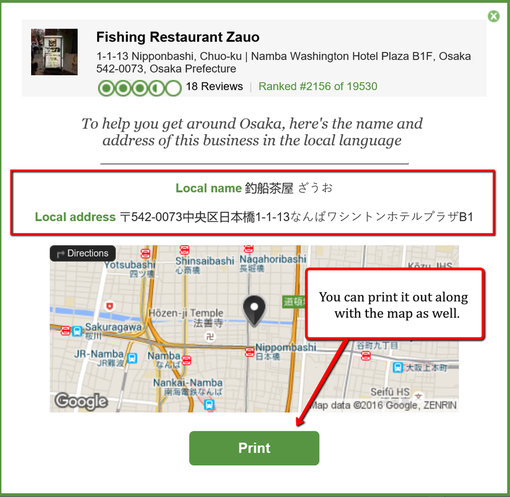

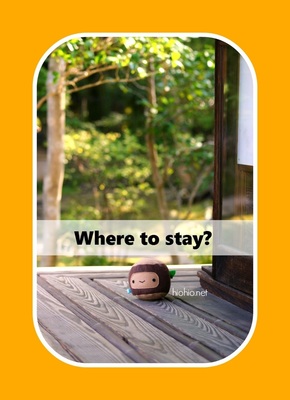


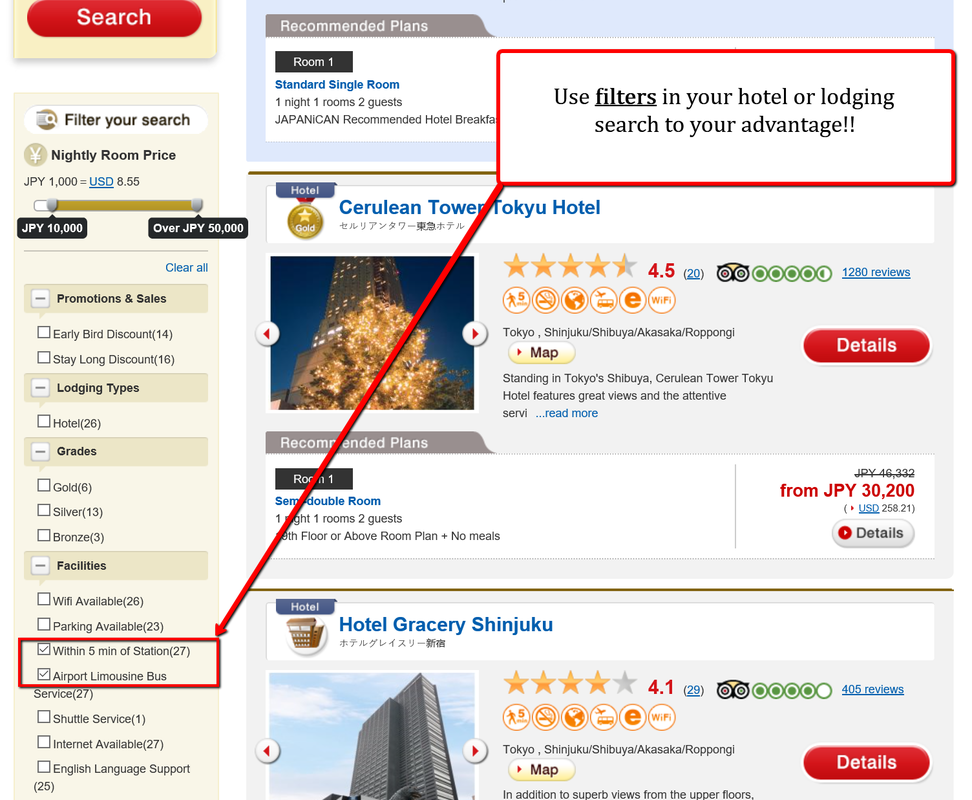


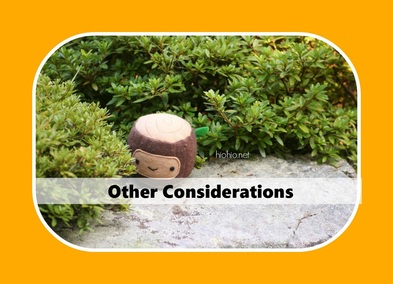





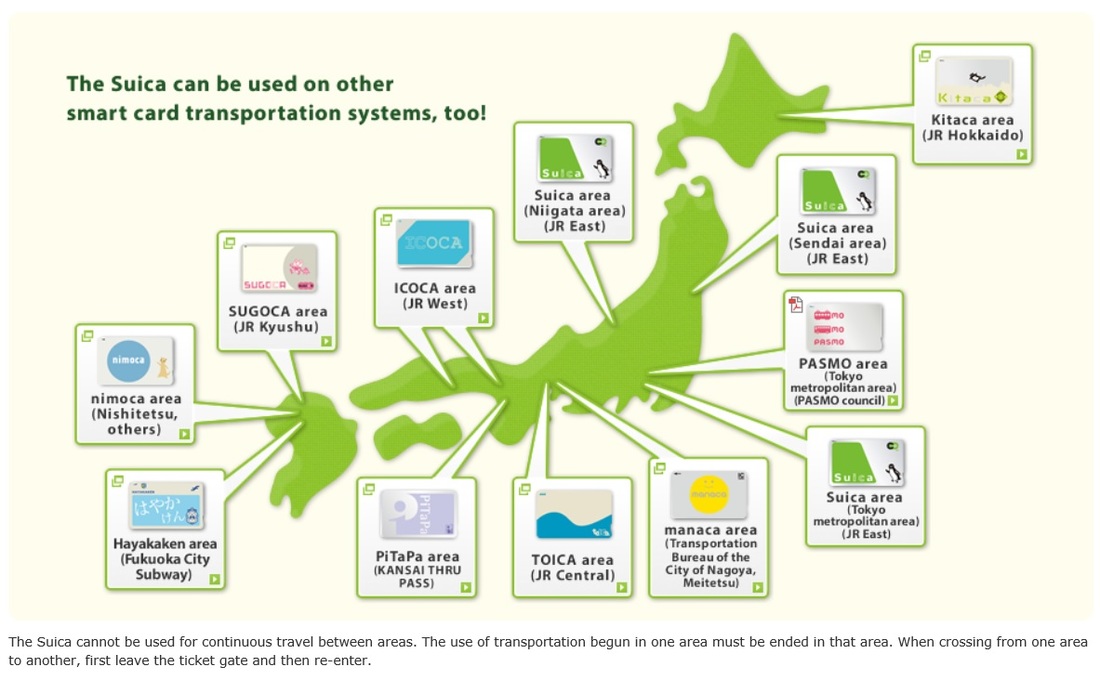








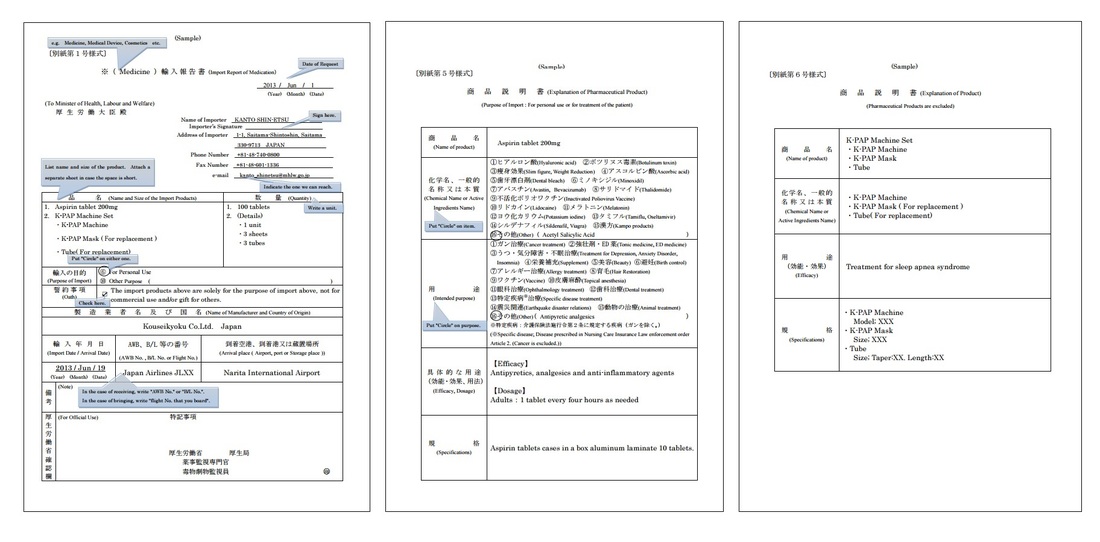


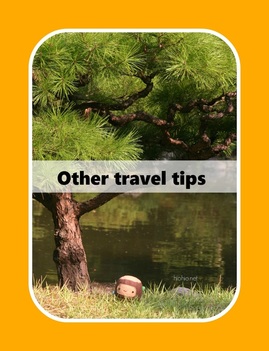




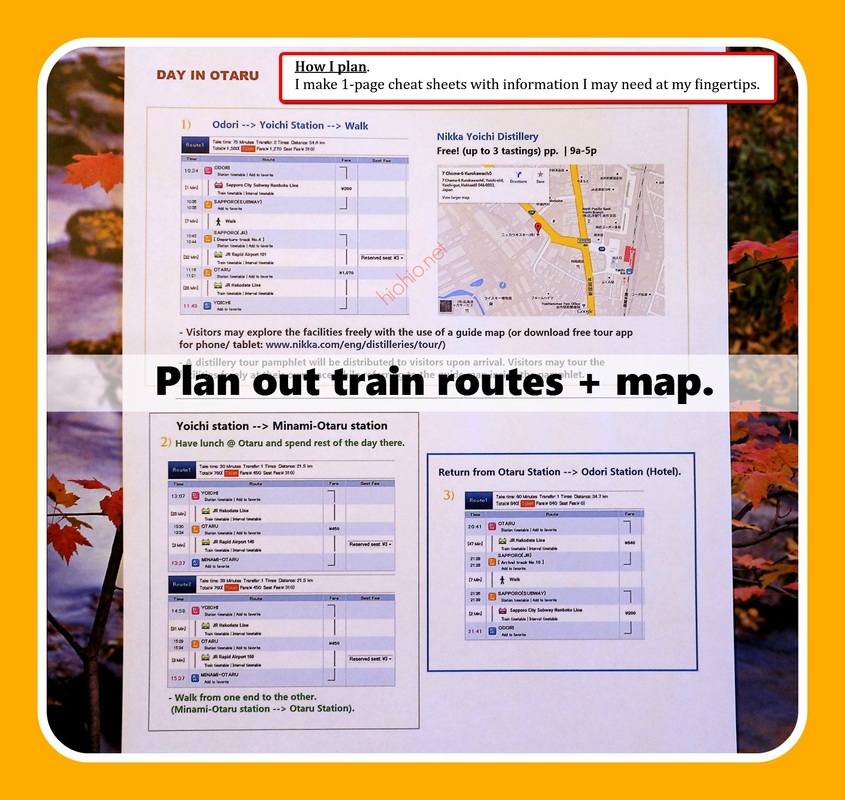
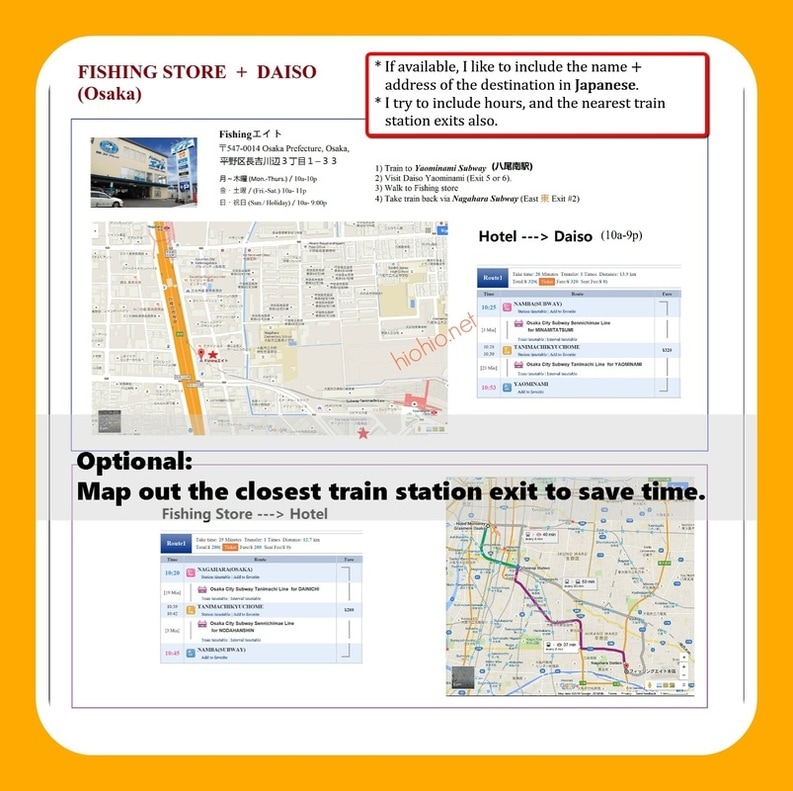
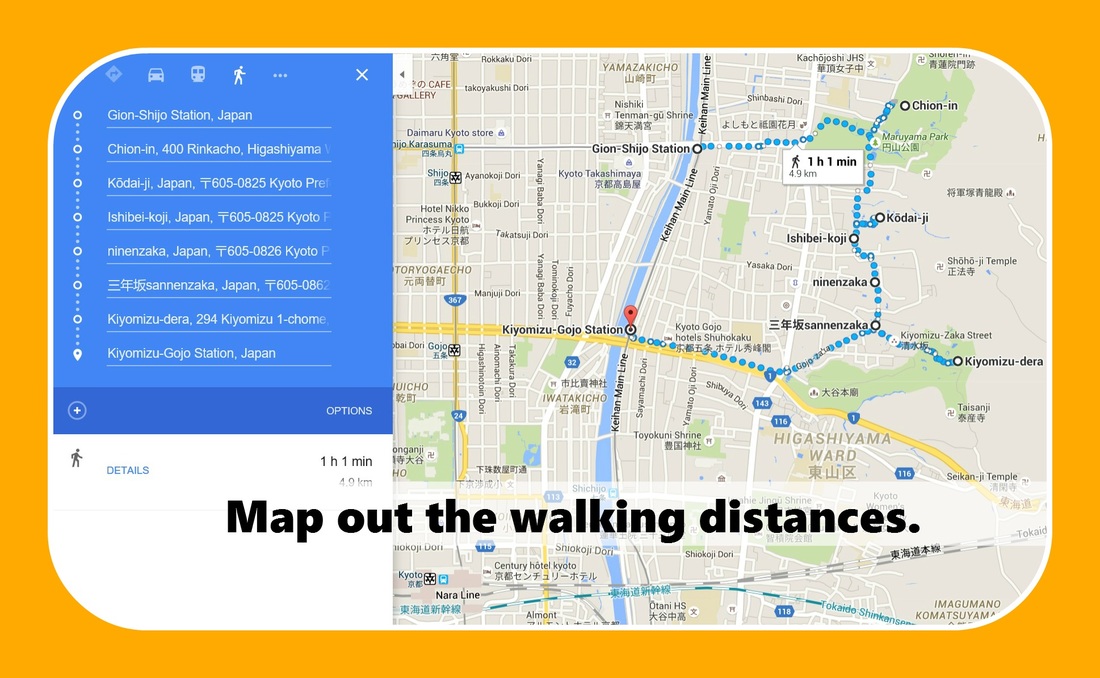





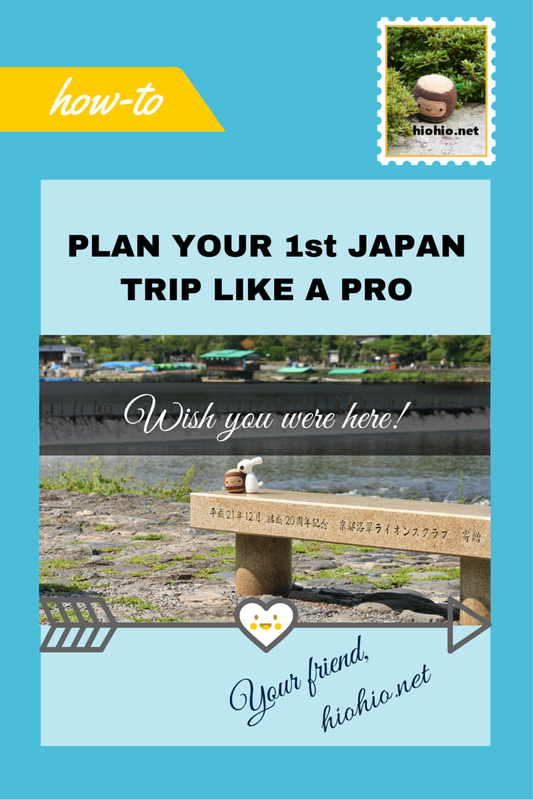






 RSS Feed
RSS Feed
